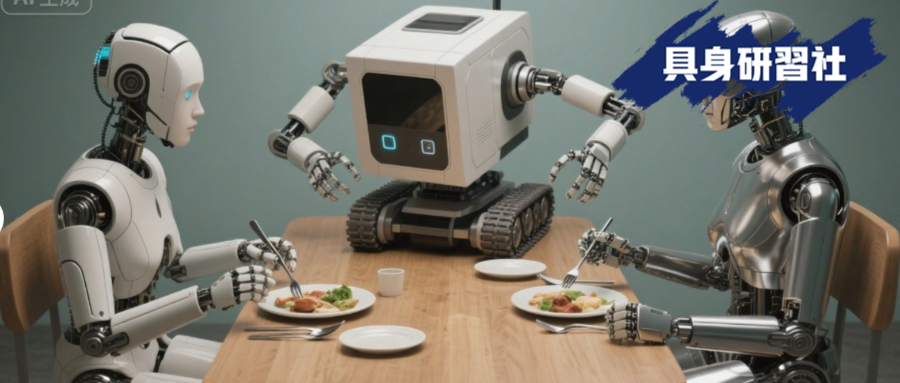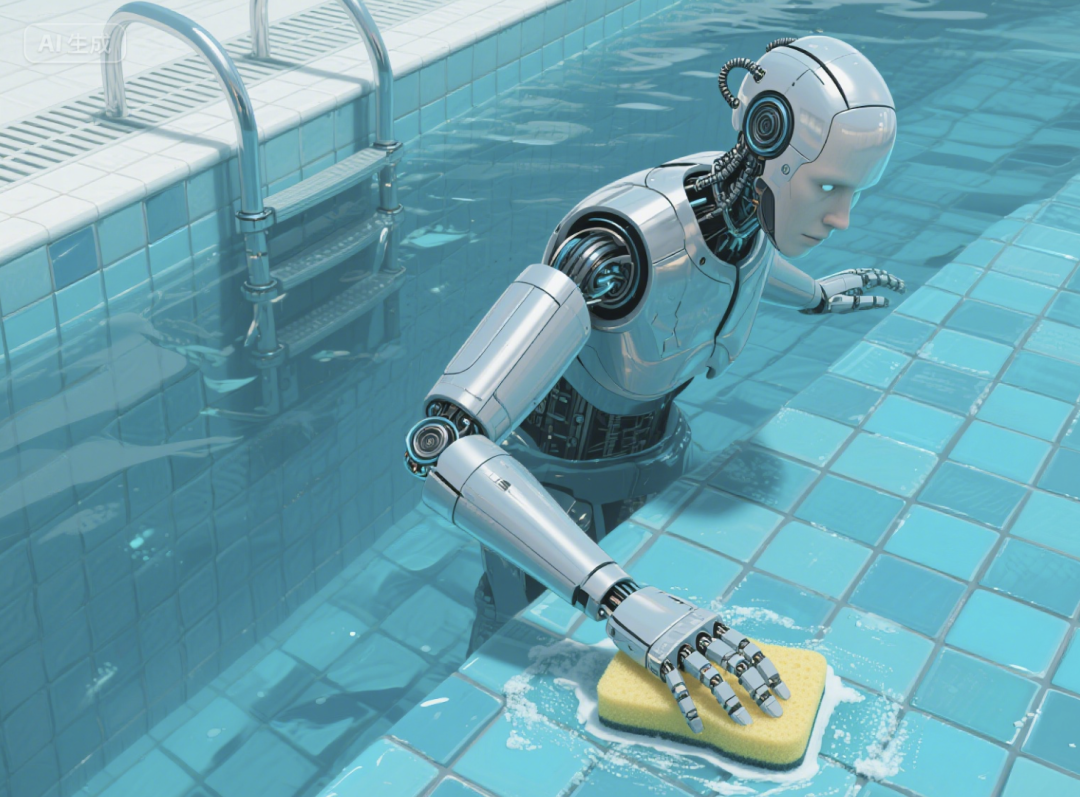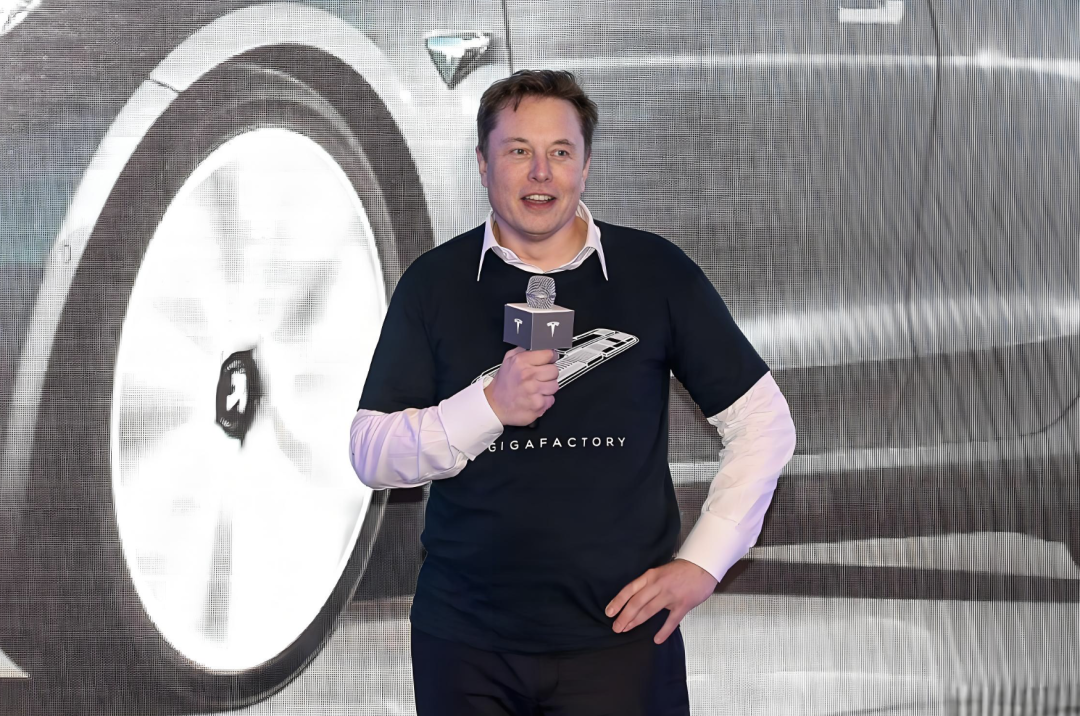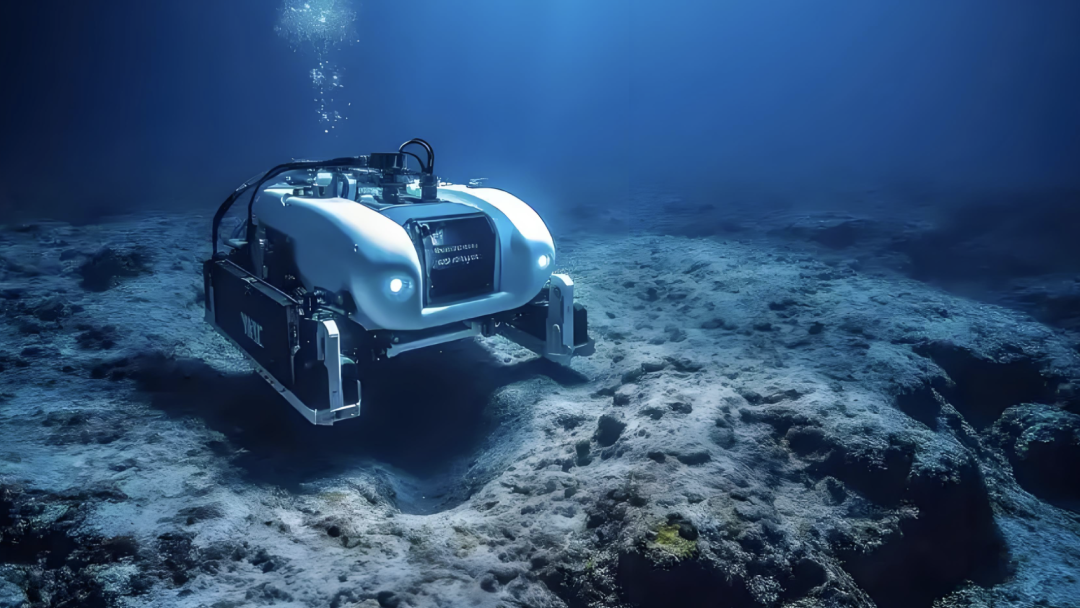Specialized Robots Rise as Humanoid Robots Face Scrutiny: A New Era of Productivity
![]() 06/12 2025
06/12 2025
![]() 574
574

Ultimately, robots are about "getting work done," and the controversy surrounding humanoid robots is no exception: they still have limited functionality, and their future capabilities remain uncertain. On the other hand, specialized robots have already undergone commercial verification due to their "plug-and-play" nature.
Editor: Di Xintong
Humanoid robots are beginning to attract detractors.
First, Zhu Xiaohu, who advocated for the "mass withdrawal" of humanoid robots, shifted his investment to underwater robots. Later, the former head of the Optimus robot team bluntly stated that Optimus is "fundamentally unsuitable for factory use," claiming it would reduce efficiency and that the scenario requires specialized robots focused on speed. Even one of Google's co-founders added his voice, saying, "I may be an outlier, but I'm not very keen on humanoid robots." In his view, it's uncertain whether strictly replicating human arm and leg (or even wheel-less) forms is necessary for robots to work effectively.
Fu Sheng, CEO of Cheetah Mobile, directly pointed out the "worship mentality and halo effect." In his opinion, the popularity of humanoid robots is primarily due to Musk's involvement, leading to a bandwagon effect. "Humanoid is not necessarily a necessary product form for robots," Fu Sheng emphasized.
Industry insiders from diverse backgrounds and countries seem to be voting with their feet, giving specialized robots an opportunity to take center stage.
Is the allure of humanoid robots fading, or have specialized robots risen to prominence? Why, amidst the humanoid robot boom, are dissenting voices continuously emerging? In fact, changes in market trends are inextricably linked to the word "usefulness." For investors, it's difficult to declare a successful investment when financial returns are not immediately visible and long-term commercialization routes are unclear. From an industry perspective, there's constant deliberation on whether humanoid robots are truly useful. In comparison, specialized robots offer more advantages in work efficiency across various scenarios.
The Embodied Learning Club clarifies that humanoid robots are just one hardware configuration of embodied intelligence. Their biggest advantage is that they better meet the physical environment needs of human life. In an ideal state, a universal humanoid robot is indeed the ultimate form of a robot, but technological development still needs time. Given the current technological level and scenario needs, humanoid robots are just one of many solutions, not the only one.
Simply put, while humanoid robots may be alluring, they do not represent the entire imagination space of the robotics industry. Specialized robots, supported by large models, are equally promising.
After all, it would be peculiar to see a humanoid robot performing underwater cleaning.

What the industry needs is "productivity," regardless of form.
Whether it's the rise of specialized robots or the controversy surrounding humanoid robots, the crux lies in "productivity." This was already highlighted at the BAAI Conference roundtable forum. Wang Xingxing, CEO of Unitree Robotics, Xiong Youjun, General Manager of the Beijing Humanoid Robot Innovation Center, Wang He, Founder and CTO of Yinhe General Robotics, and Lu Cewu, Co-founder of Qiongche Intelligence, shared a consensus view: embodied intelligence that can get work done is the future.
From the perspective of humanoid robots, their controversy stems from two major aspects: the difficult-to-bridge gap between ideals and technology, and the question of whether the humanoid form is a false proposition.
The former's core lies in the fact that current technological challenges are not solely about model routes or architectures but rather involve immature fundamental theoretical technologies. Only when the underlying logic is solid can the upper-level design be effectively implemented. The industry's lack of technological convergence also supports this, as there is no consensus precisely because "consensus does not exist."
The technological issues center on "disassembling human intent." The evolution of humanoid robots is opposite to human growth. With the power of large models, humanoid robots can master centuries of human wisdom in a short period and become experts in various disciplines, but they struggle with learning how to use items like razors because these actions are human subconscious reactions. "Such tasks require extremely high system stability and response capabilities. Robots must, like humans, be able to automatically fine-tune movements and forces in an unconscious state," said Lu Cewu. This topic can be referenced in the field of artificial intelligence as "Moravec's Paradox."
Apart from technological immaturity, another gap issue is overly ambitious blueprints and excessively high expectations from all participants.
On one hand, influenced by science fiction movies, humanoid robots inherently carry a "grand narrative." Unlike specialized robots with clear applications, society has excessively high expectations for humanoid robots, hoping they will usher in a better life where "robots do the work." Excessive expectations often lead to disappointment. On the other hand, some participants cater to external expectations. Whether it's Musk frequently talking tough about the robot era or other companies continuously depicting blueprints through demo videos or promotional videos, they are raising external expectations, thereby falling into a vicious cycle.

Image Source: Internet
As technology has not yet reached an ideal state, the industry has begun to ponder whether the starting point might have been flawed. Is the "humanoid" form a false proposition? The viewpoints on this topic are fascinating. The "supporters" believe that "the world is measured by humans," and every tool is designed for human size, so the humanoid form is undoubtedly the best shape to embed in the world. The "opponents" argue that humans have invented tools like wheels and automated processes to improve efficiency, and pursuing humanoid robots goes against this trend.
At this juncture, the controversy surrounding humanoid robots surfaces: they still have limited functionality, and their future capabilities remain uncertain.
While awaiting the maturation of humanoid robots, the "plug-and-play" nature of specialized robots has attracted the attention of investors and industry players. This shift indicates a current focus on one topic: "how to use robots," leading to the aforementioned fascinating viewpoints and in-depth industry thinking.
In essence, whether humanoid or specialized, robots must serve as a force of "productivity" and be truly useful in the physical world. From a scenario perspective, their appearance is irrelevant; what's needed are robots that solve practical problems.
Commercial scenarios are sufficiently clear: specialized robots take the lead.
The script for specialized robots is the polar opposite of that for humanoid robots. They may not seem as alluring, but their commercialization route is crystal clear. For example, products like lawn mowing robots and pool cleaning robots can quickly convey their application directions through their names, and their development space can be accurately calculated based on scenario potential.
It's hard for capital to resist an embodied intelligence product with a clear route and fast returns.
Taking "underwater robots" as an example, as a type of embodied intelligence product, they are specifically designed for deep seas and are primarily used for underwater exploration, maintenance, etc. From a practical application perspective, underwater environments corrode aging marine infrastructure like subsea pipelines and offshore platforms, coupled with additional hazards from climate change and ocean current changes. Efficient monitoring capabilities of underwater robots are essential for maintaining infrastructure.
According to the China Underwater Robot Market Operation Status Research and Development Strategy Research Report, in 2022, the market size of China's underwater robot industry reached 11.02 billion yuan. It is estimated that by 2027, the market size of China's underwater robot industry will exceed 40 billion yuan.
Shihang Intelligence targets this scenario. Through technological breakthroughs in large models and algorithms, it has made underwater robots more intelligent, achieving stable, high-speed, and full-freedom operations. They can operate in oceans ranging from 0 meters to 10,000 meters and can be applied to multiple underwater scenarios such as unmanned ships, transportation, cleaning, resource exploration, and infrastructure maintenance.

Image Source: Shihang Intelligence
In a dialogue with TMTpost, Chen Xiaobo, CEO of Shihang Intelligence, summarized the "Three Laws of Robotics" for productivity: 1. Do tasks that humans cannot do or are extremely dangerous; 2. Do tasks that humans are inefficient at (efficiency of 10 times or more); 3. Do tasks that are costly for humans (cost less than half). Meeting one criterion indicates a pseudo-demand, two criteria means it can be done, and three criteria represent a strong rigid demand.
Technological breakthroughs and a clear commercial route provide the foundation for their commercialization. It is understood that Shihang's first underwater cleaning robot, the "Orca," has been put into commercial use, with revenue doubling year-on-year this year. Its cooperating customers include high-reliability special industries such as China Huadian Engineering Co., Ltd., shipping companies, and port groups.
Through Shihang Intelligence, it's evident that among commercialized specialized robots, solving "rigid demands" is paramount. Fu Sheng has also stated that starting from market demand orientation and focusing on "small scenarios" with clear structures and rigid demands may have more commercial value than blindly pursuing large and comprehensive "general robots."
In his view, finding automation opportunities in professional positions is a significant breakthrough. Many robot startups focus on specific task scenarios such as agriculture, transportation, and sorting, with clear goals and a clear path.
A similar story unfolds with lawn mowing robots. According to statistics from the American research institution Grand View Research, in 2021, the global lawn mower market size reached 30.4 billion dollars, with 70% coming from household use, while the penetration rate of lawn mowing robots is less than 10%.
With the evolution of the concept of embodied intelligence, lawn mowing robots have also undergone a re-evolution, integrating visual perception technology and further expanding the boundaries of application capabilities. Ecovacs and Dreame are both striving in this direction.
In the view of the Embodied Learning Club, at this stage, solving real pain points in well-defined niche areas is far more commercially feasible than pursuing universal concepts. This development model, which focuses on vertical scenarios and connects the "technology-demand-cost" iron triangle, is opening up a pragmatic and efficient new path for commercialization in the robotics industry.
Humanoid vs. specialized: not iteration but coexistence.
From a "productivity" perspective, specialized robots that can currently generate practical value and humanoid robots that still need time to enter the era of productivity outline an "evolutionary curve" for robots.
However, the two are not in an iterative relationship but a coexistent one.
"Specialized robots have their own tasks to perform. When it's difficult for two specialized robots to seamlessly connect their work, a universal robot is indeed needed to perform non-standard operations, ultimately forming an unmanned factory," a humanoid robot developer told the Embodied Learning Club.
As the industry debates between the ideal blueprint of humanoid robots and the pragmatic path of specialized robots, the relationship between the two has long surpassed the replace logic of "either-or," forming a symbiotic pattern where technology and scenarios complement each other.
From a technological foundation perspective, the exploration of humanoid robots in motion control and environmental interaction is driving breakthroughs in embodied intelligence in areas such as dynamics models and multimodal perception. These advancements in underlying technologies can precisely support the functional upgrades of specialized robots. Conversely, the engineering experience and commercial verification accumulated by specialized robots in niche scenarios precipitate practical methodologies for the industry on "how to make robots work effectively," which in turn feeds back into the application and landing of humanoid robots.
For instance, the precise path planning achieved by lawn mowing robots and sweeping robots through visual perception, and their environmental modeling technology, can also provide a reference for the home scenario interaction of humanoid robots. Conversely, the exploration of humanoid robots in "human-like decision-making logic" is breaking through the adaptability bottleneck of specialized robots in unstructured environments.
This symbiotic relationship is already evident in capital and industry: on one hand, specialized robots quickly harvest orders in agriculture, industry, and other scenarios due to their "plug-and-play" productivity attributes; on the other hand, although humanoid robots are still in the commercial verification phase, giants like Tesla are continuously investing in underlying technologies, storing long-term innovation potential for the industry.
The future of the robotics industry has never hinged on a "battle of forms." Instead, specialized robots fortify the industry's foundations through "vertical scenario breakthroughs," while humanoid robots push technological boundaries with "general intelligence exploration." These two types of robots serve as the "left and right feet" of the industry, collectively advancing the robot era in harmonious rhythm, driven by a shared commitment to "solving real needs."







